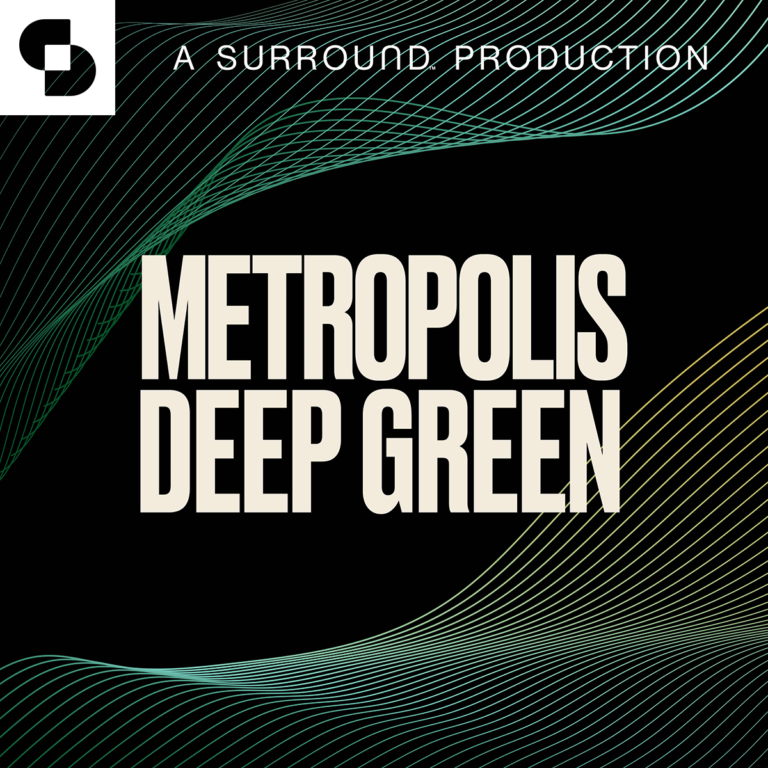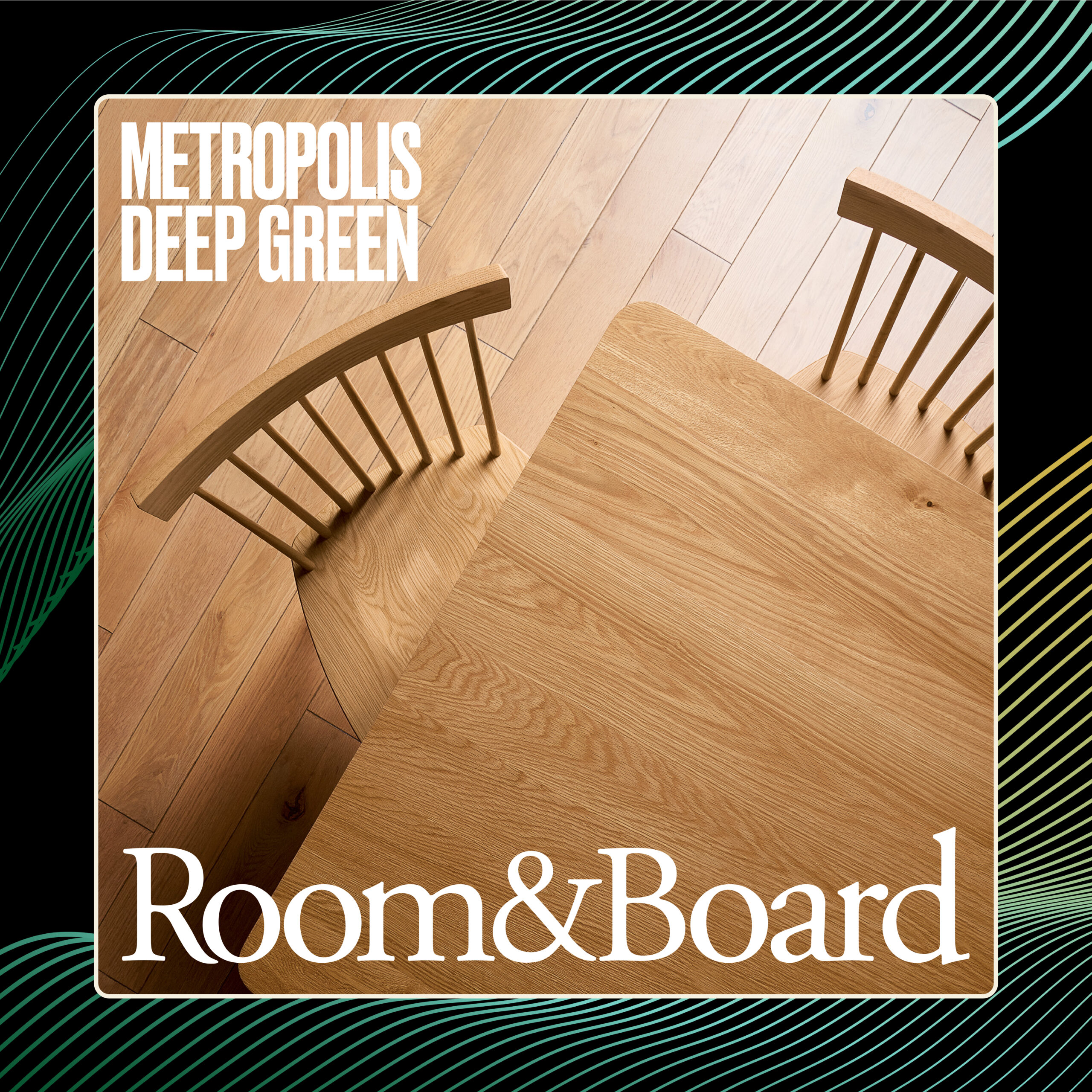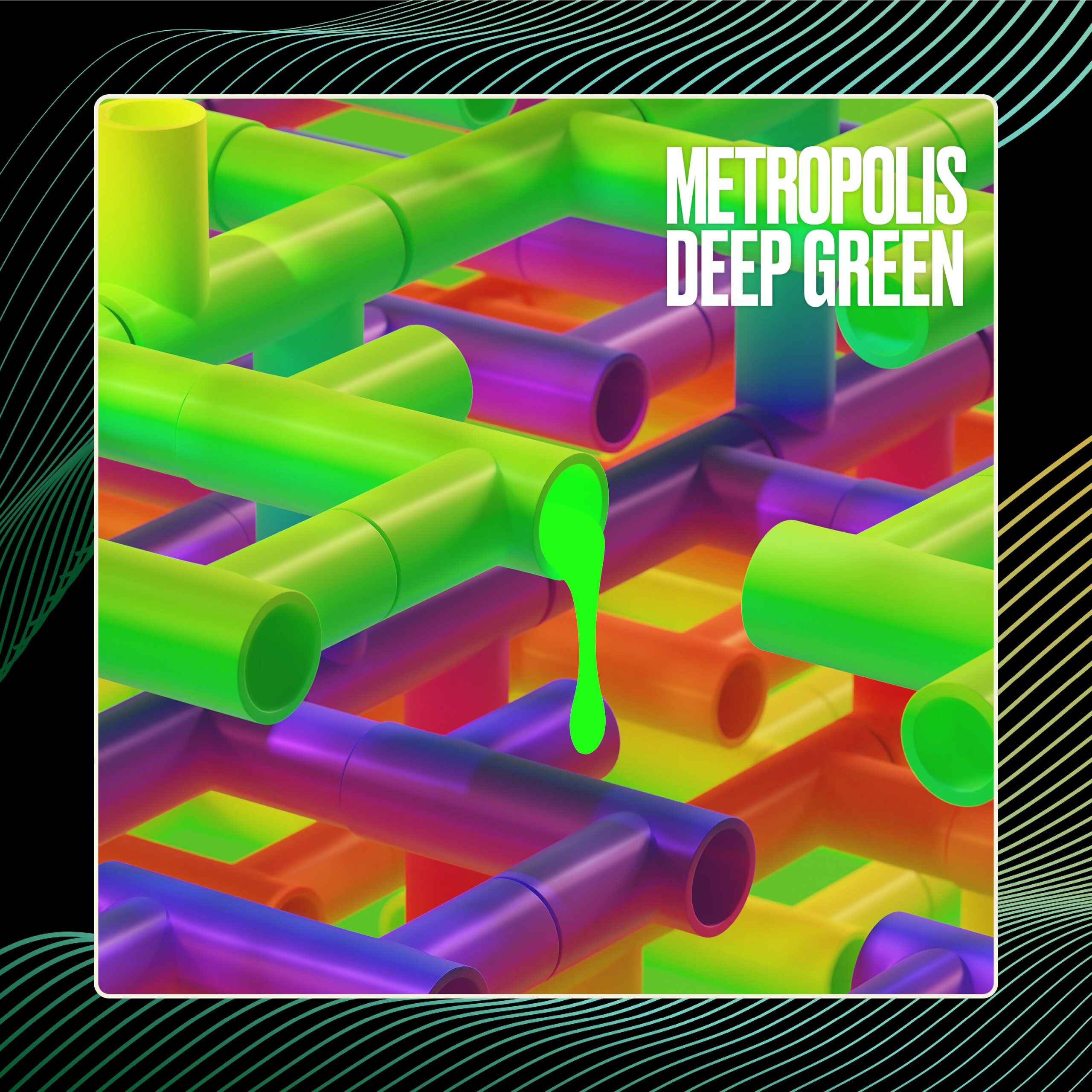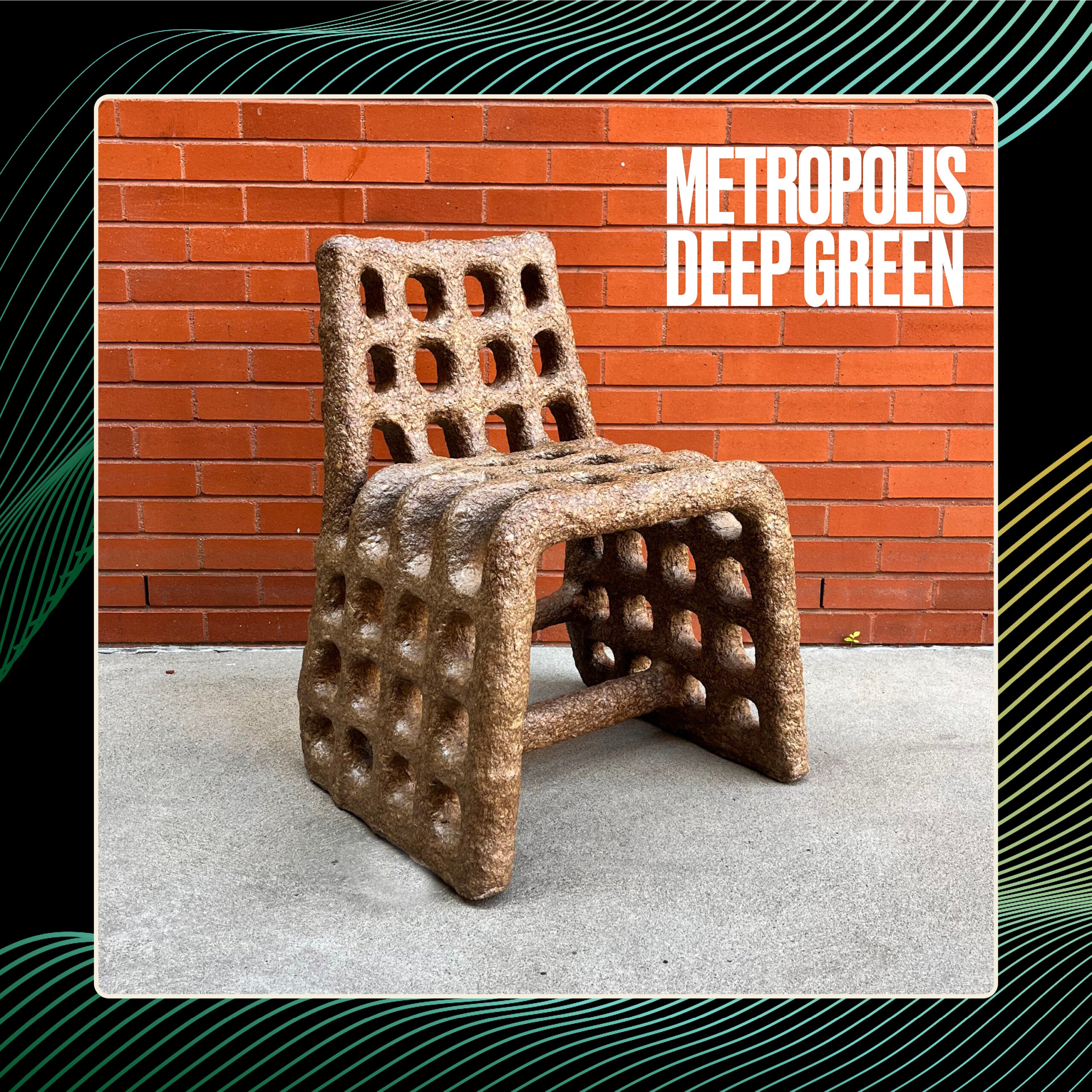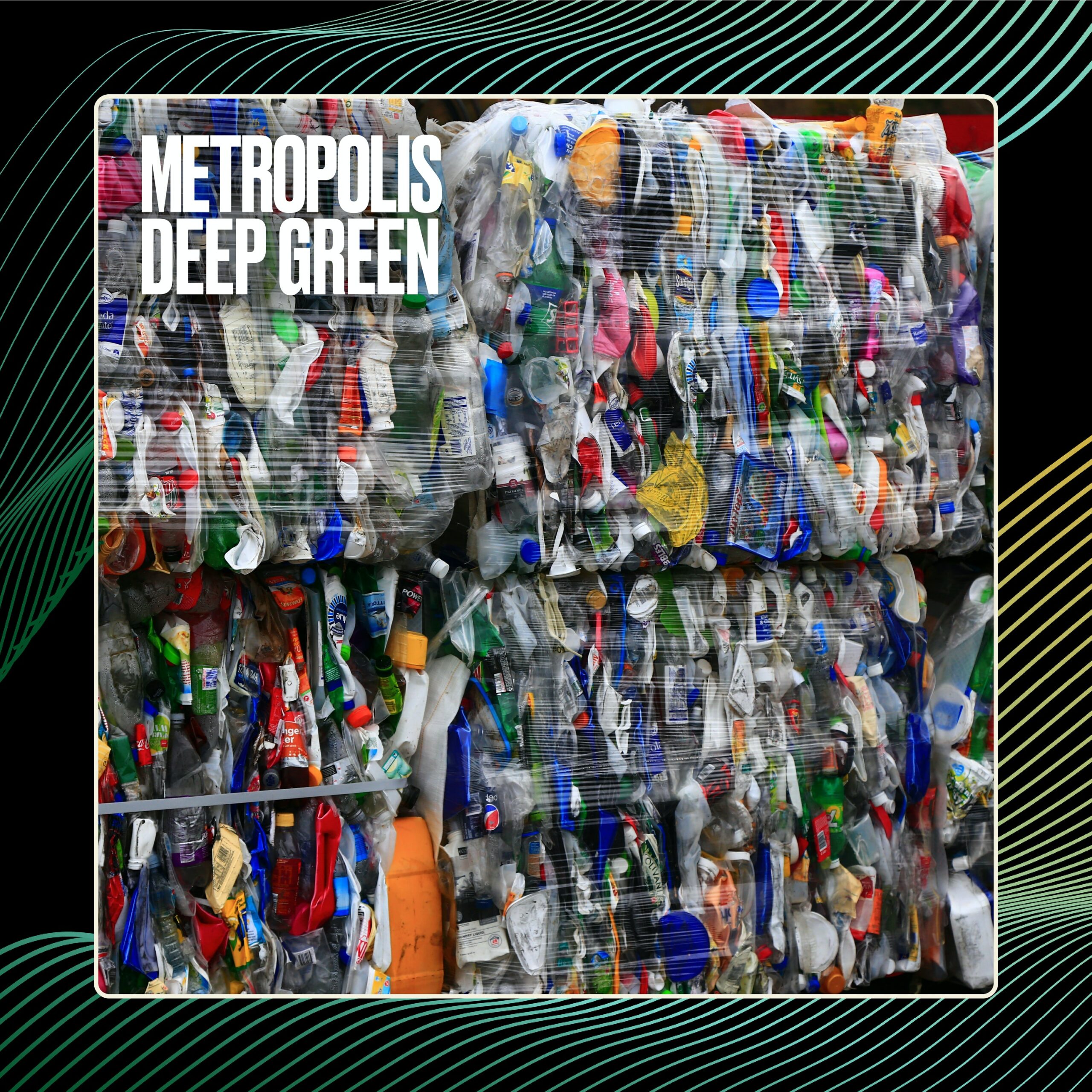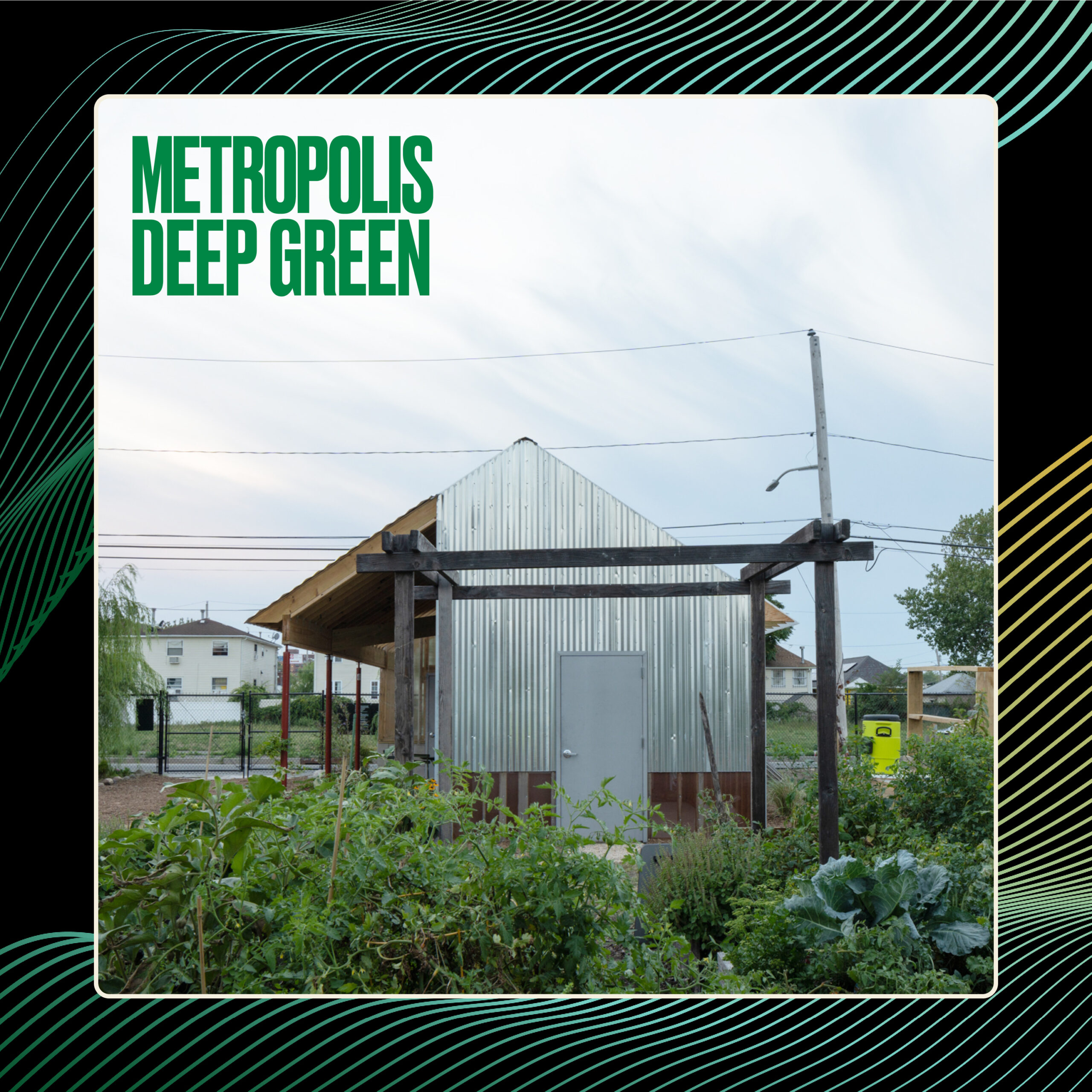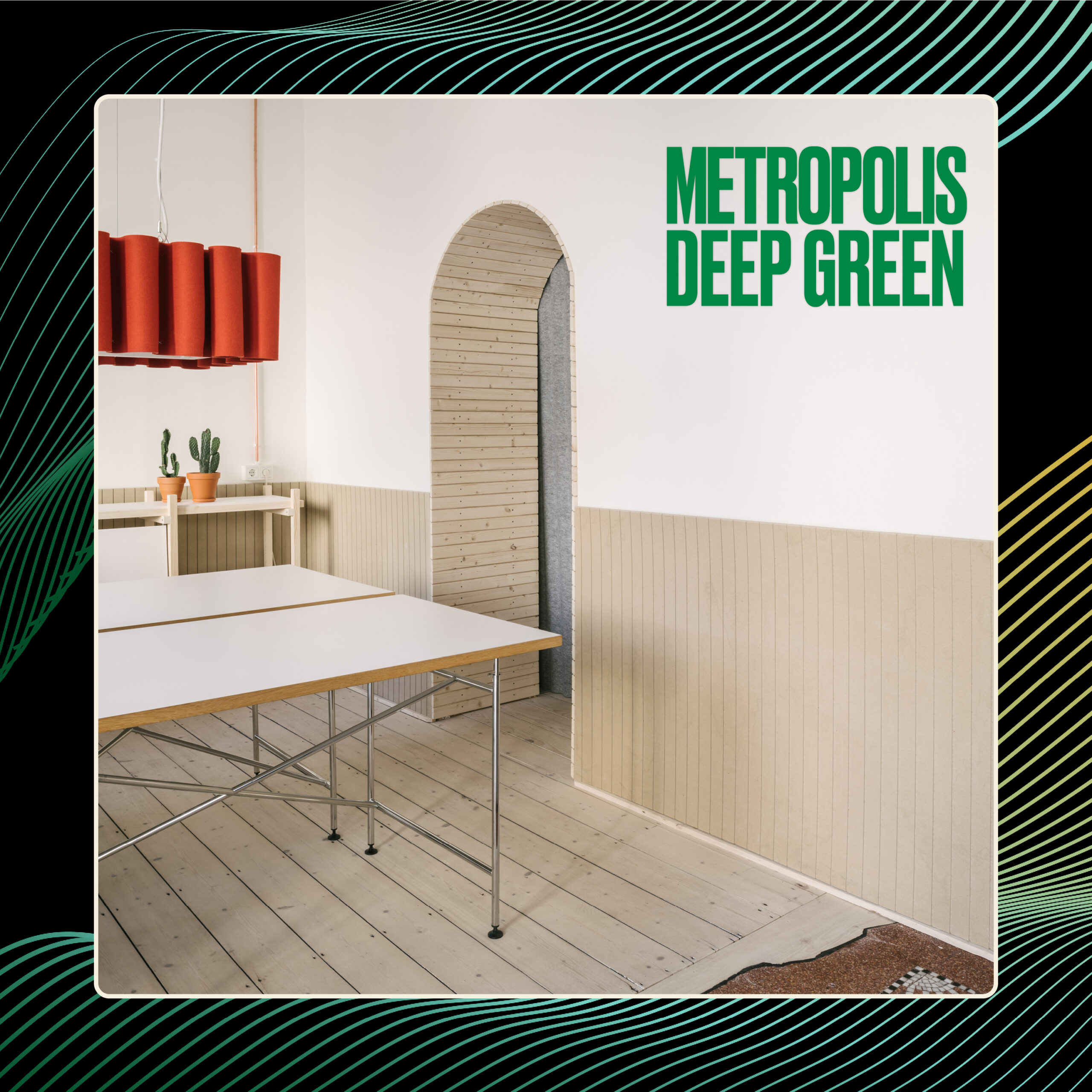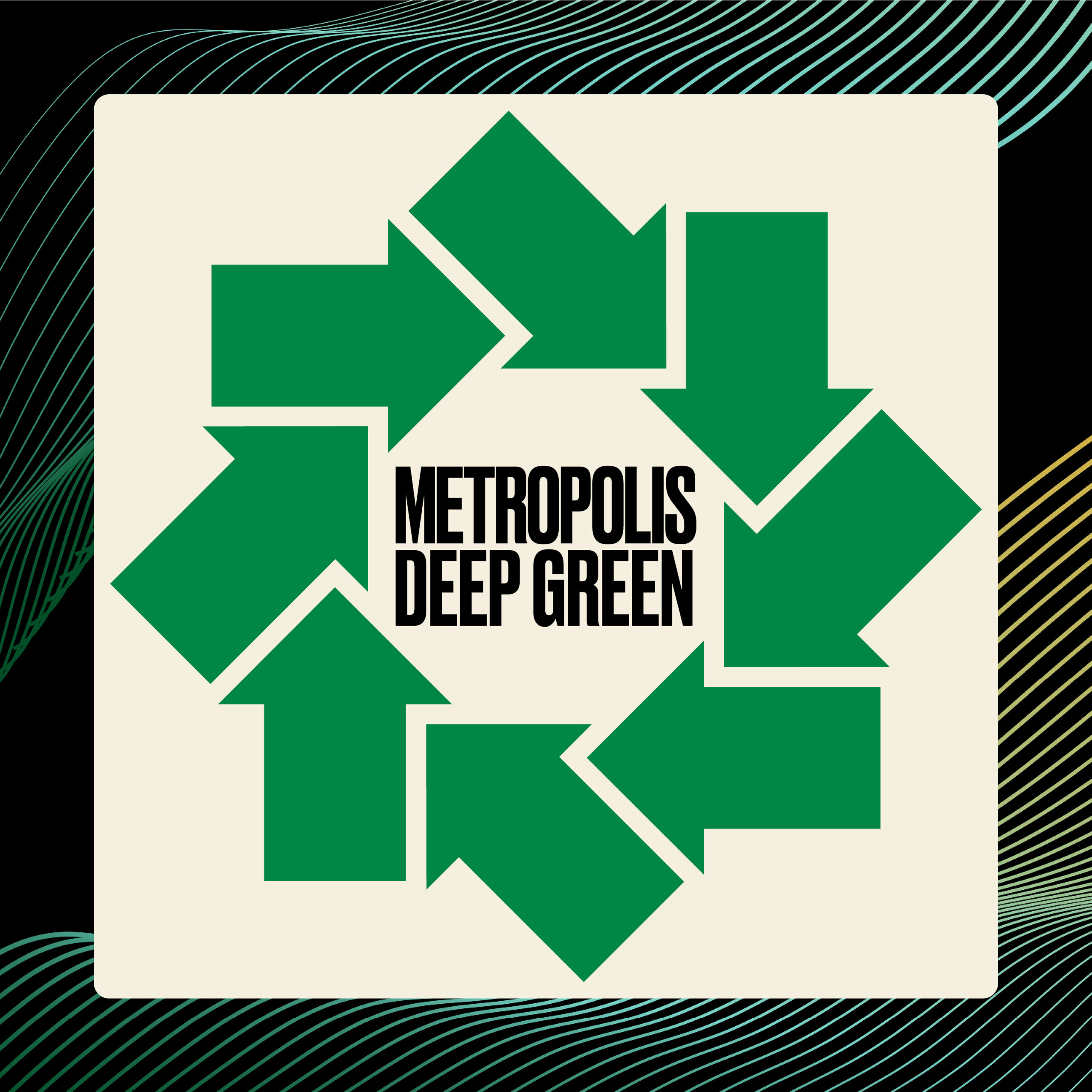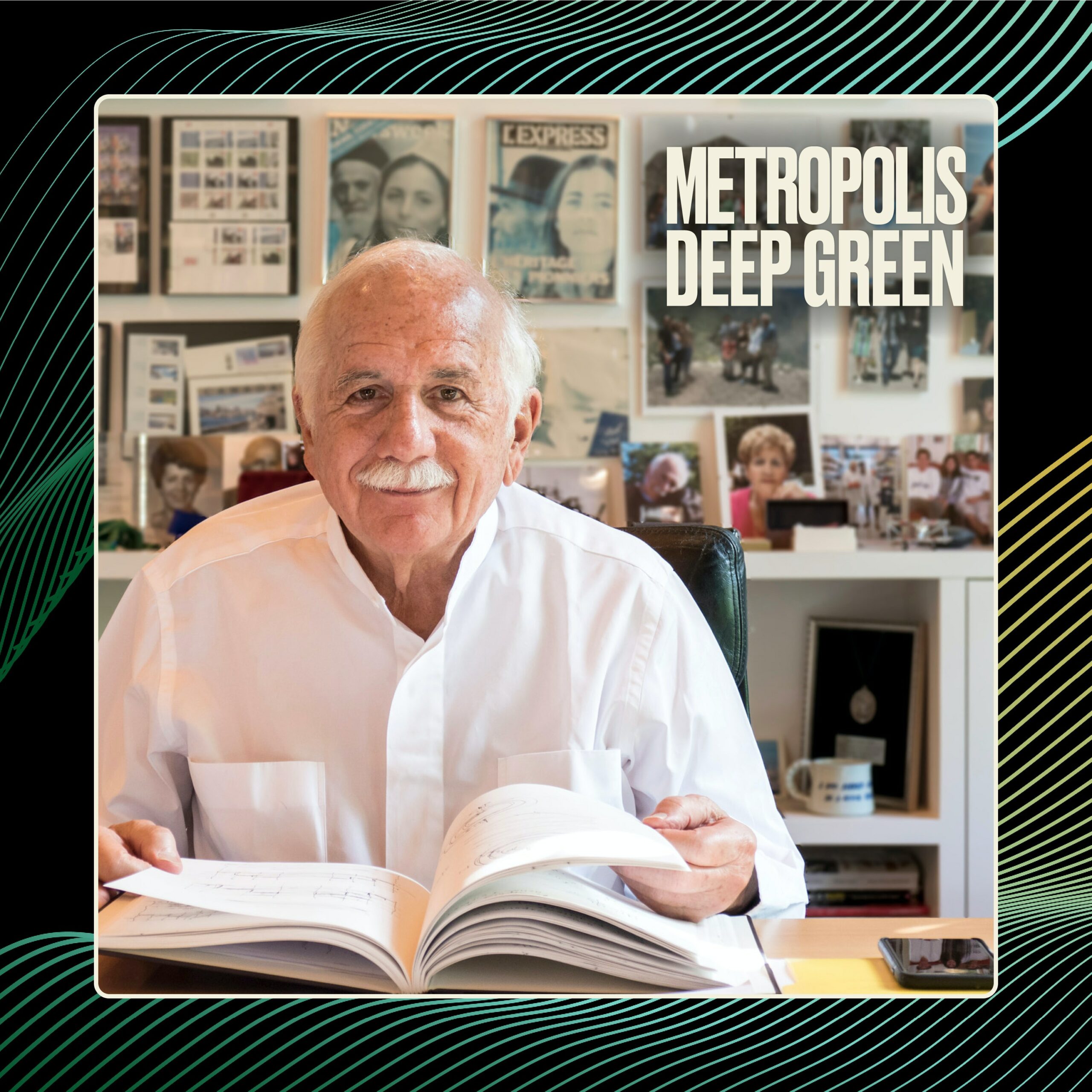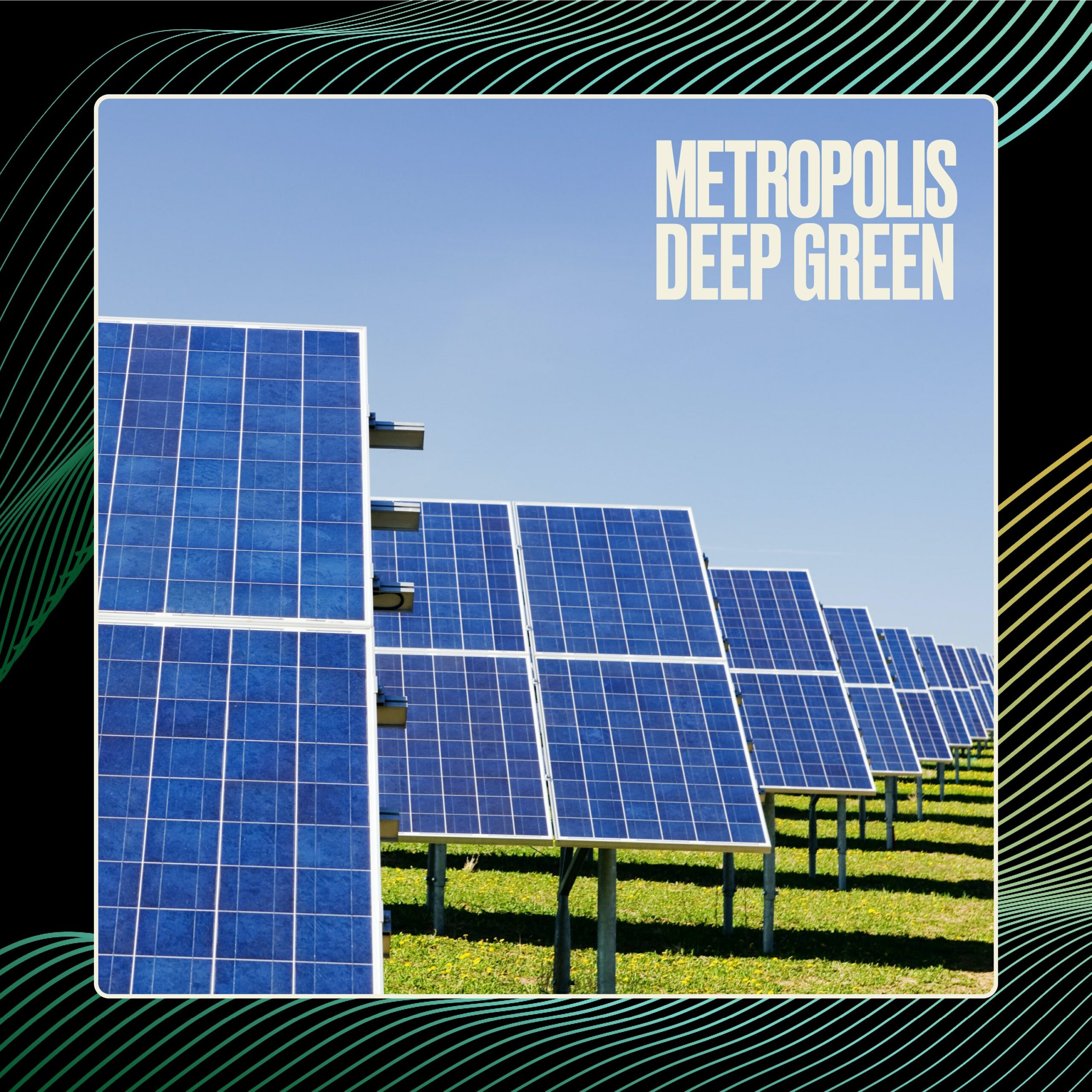When layers of wood are put together in a specific way—usually glued together—they make for a material that has the structural strength of steel. And, surprisingly, is fire-proof. We’re not talking log cabins but a specific kind of wood material commonly known in architectural circles as mass timber.
Portland International Airport’s new main terminal is part of a race to build the biggest building out of this wonder material. But exactly how sustainable is it? Figuring out exactly where the wood comes from, how it is grown and harvested, and how the mass timber products are used and reused is vital for getting an accurate picture of a mass timber building’s carbon footprint
Jacob Dunn and Marty Brennan, both Associate principals at ZGF, are two of the designers behind that Portland Airport Building. And they have developed a tool called the UpStream Forestry Carbon & LCA Tool, in partnership with the University of Washington, to track the amount of carbon sequestered—or emitted—by mass timber.
In this episode, Metropolis digital editor Ethan Tucker speaks with Jacob Dunn and Marty Brennan to learn more about their tool and why all wood buildings are not created equal.
Resources:
ZGF Architects Builds a Transparent and Inclusive Timber Assessment Tool
Connect with Metropolis:
Instagram: @metropolismag
Facebook: facebook.com/MetropolisMag/
Deep Green is a production of SANDOW Design Group.
Welcome to Deep Green, a biweekly show about how the built environment impacts climate change and equity.
Deep Green us brought to you by Metropolis. I'm your host Avi Rajagopal.
Buildings are some of the biggest things we make as human beings.
So if you want to know how we can do better for the environment and all life on this planet, you have to understand buildings, cities, and all the things that go into them.
And that's what we want to help you with here at Deep Green.
...
In April 2022, President Joe Biden visited Portland International Airport to make remarks about his infrastructure bill.
The airport was, and is, undergoing a major renovation, and the President took the time to point out one feature of the building: a 392,000 square foot roof, made of wood.
The president got a bit poetic at this point: "Almost every single piece of wood being used was substantially harvested from local forests. HE SAID. You can point to any beam, and the folks building it can tell you where it came from."
Our president is not alone in his admiration for a new class of building where wood—not steel, not concrete—but wood is the main structural material.
Now, we're not talking log cabins, exactly, but a specific kind of wood material commonly known in architectural circles as Mass Timber.
When layers of wood are put together in a specific way—usually glued together—they make for a material that has the structural strength of steel. And, surprisingly, is fire-proof.
The Portland airport's new main terminal is part of a race to build the biggest building out of this wonder materials. All architects love it. Many developers love it. In the right place, with the right circumstances it can be the most sustainable building material we have today.
But exactly how sustainable is it?
Because trees absorb carbon from the atmosphere as they grow, this means Mass Timber could have significantly lower carbon emissions than, say, steel, which puts a ton of Carbon Dioxide in the atmosphere.
I say COULD have lower carbon emissions because the devil is in the details. Figuring out exactly where the wood comes from, how it is grown and harvested, and how the mass timber products are used and reused is vital for getting an accurate picture of a mass timber building’s carbon footprint
Jacob Dunn and Marty Brennan, both Associate principals at ZGF, are two of the designers behind that Portland Airport Building that President Biden loves. And they have developed a tool called the UpStream Forestry Carbon & LCA Tool, in partnership with the University of Washington, to track the amount of carbon sequestered—or emitted—by Mass Timber.
For deepening our understanding of a material that most people are content to take at face value, Upstream received a Metropolis Responsible Disruptors award earlier this year.
Here is Metropolis digital editor Ethan Tucker with Jacob Dunn and Marty Brennan, explaining their tool and why all wood buildings are not created equal.
...
Deep Green will be back after a short commercial break.
...
Deep Green is back with part two of our episode on the Carbon Footprint of Wood Buildings. Here is Ethan Tucker with ZGF's Jacob Dunn and Marty Brennan.
....
Deep Green is produced by Metropolis.
I'm your host Avi Rajagopal and this episode was reported by Ethan Tucker. The podcast is edited by Hannah Viti with support from Lauren Volker.
You can read more about the Upstream at metropolismag.com
A big thanks to today's guests, and to all the folks at SANDOW Design Group who support Deep Green.
This is the last episode of this season of Deep Green, so this is a great time to catch up on past episodes! And look out for more special episodes of Deep Green in the next few months, available wherever you get your podcasts.
H
